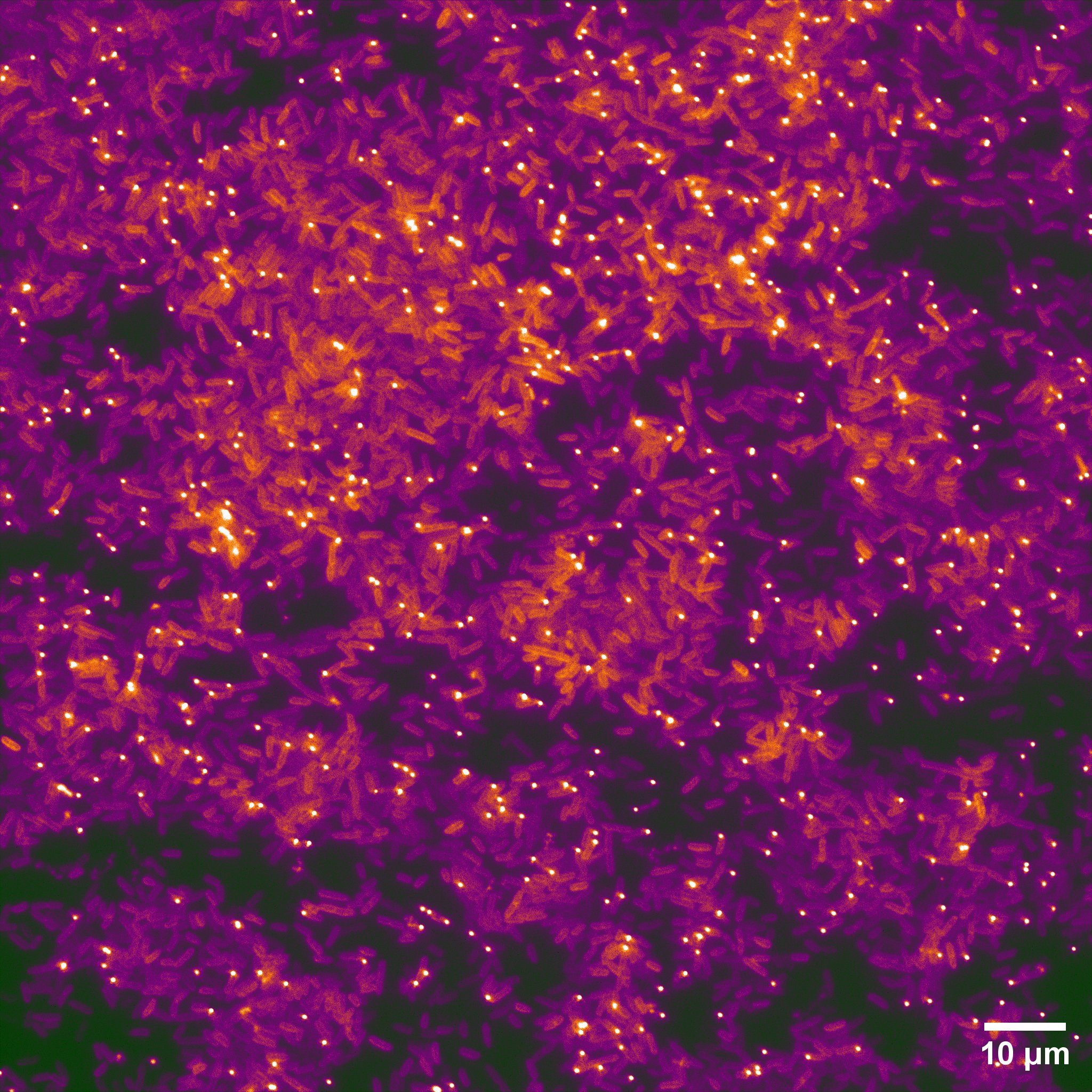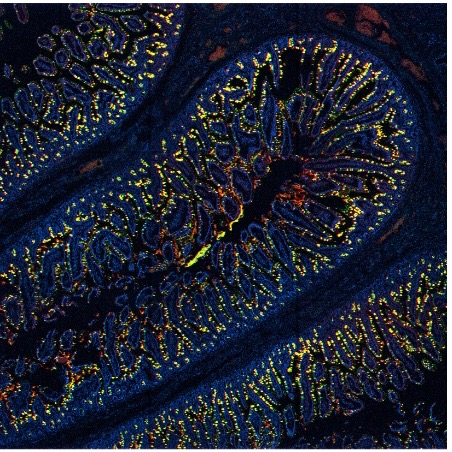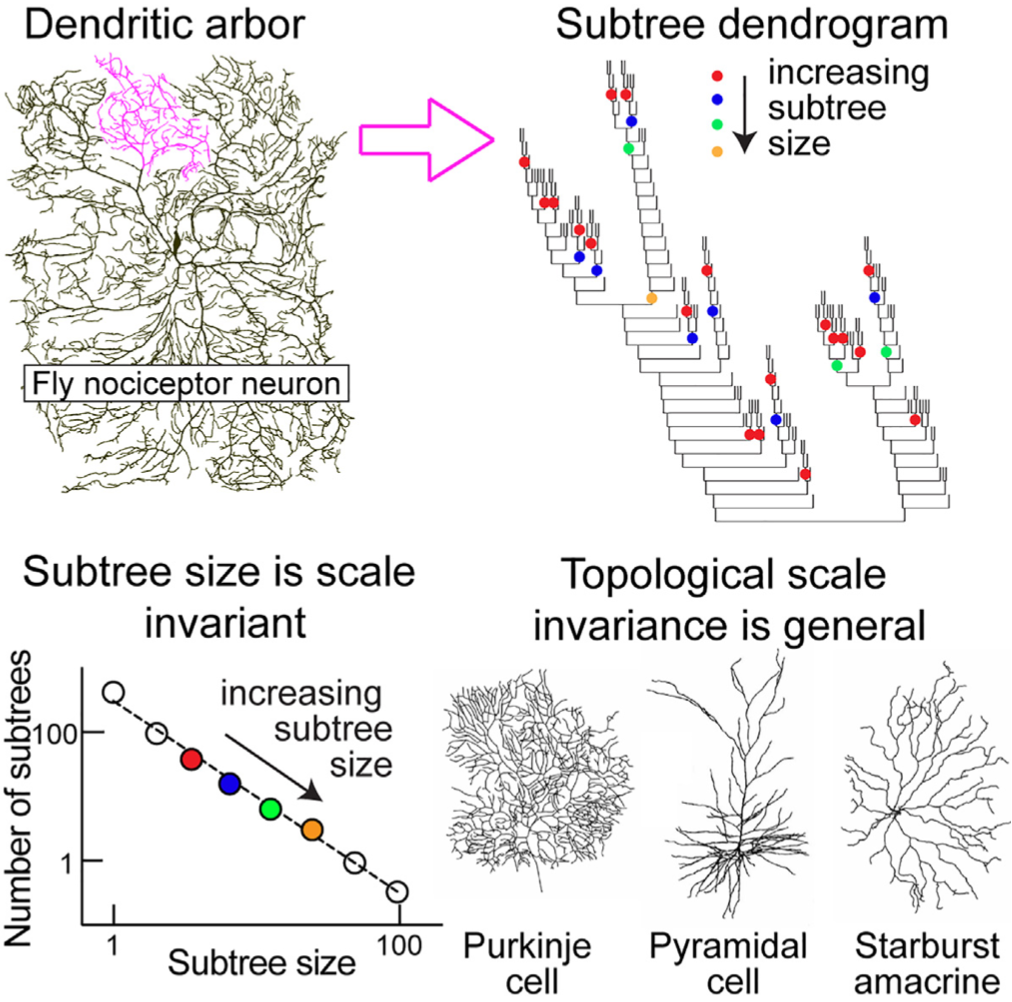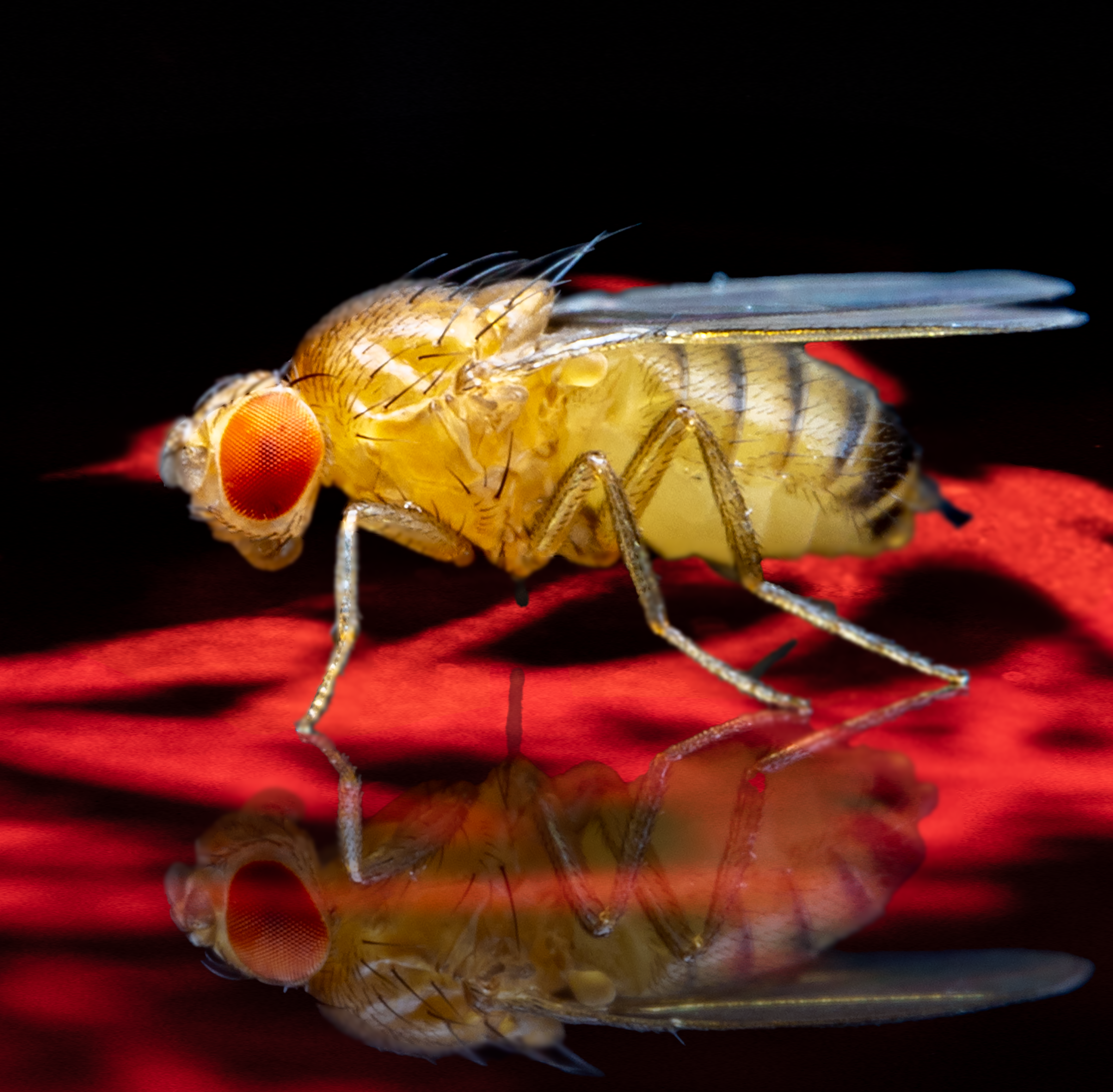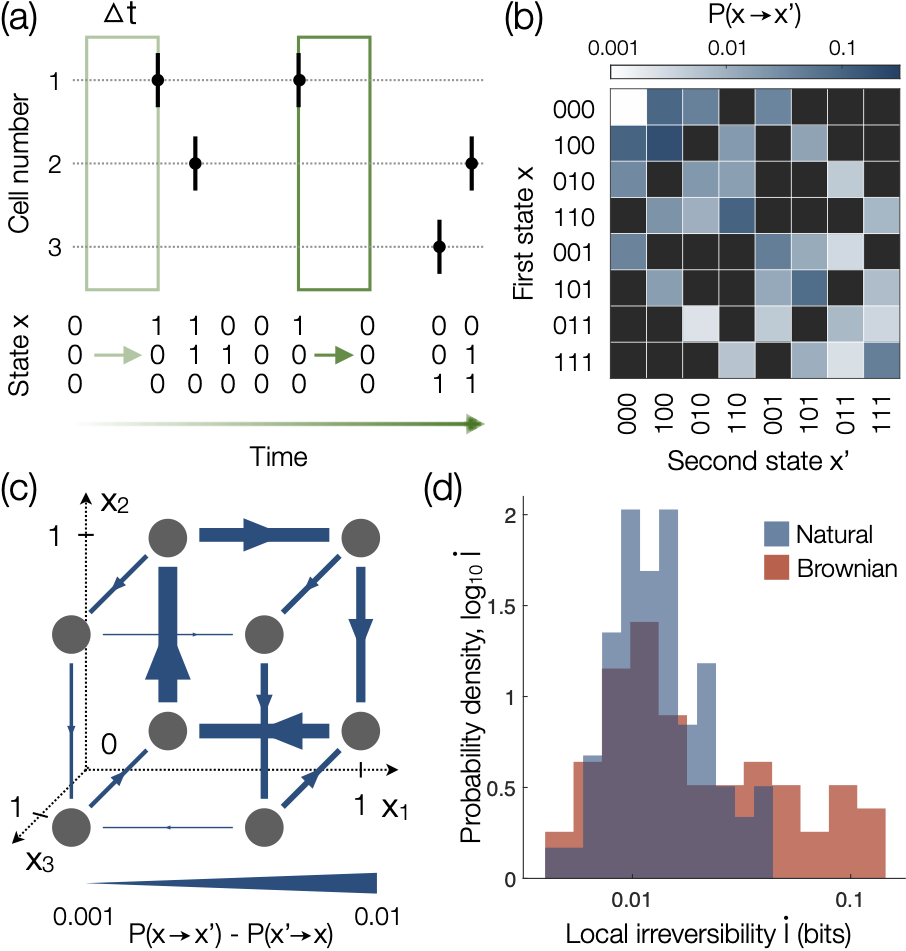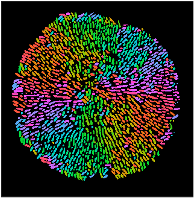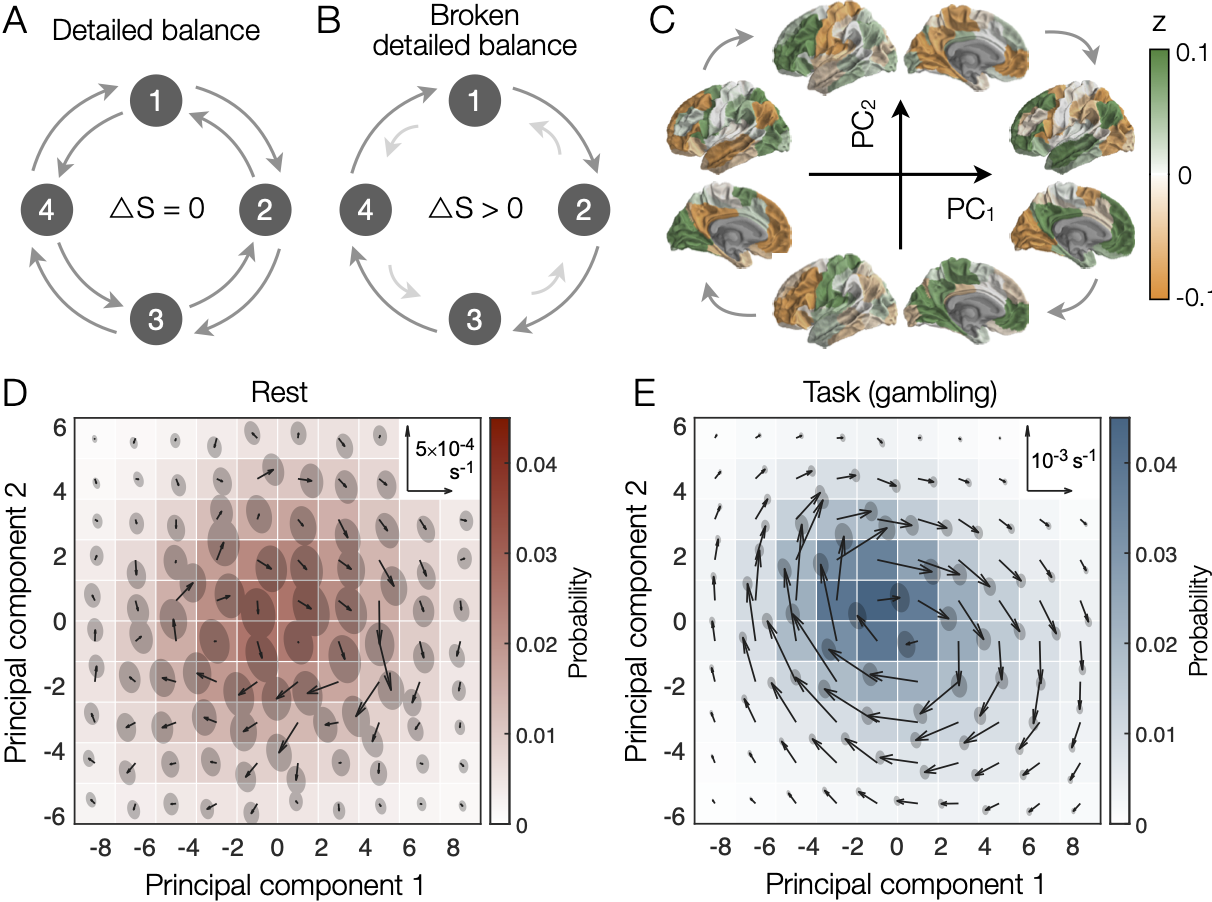Nongenetic adaptation by collective migration
Cells are constantly on the move, whether in a developing embryo or metastatic cancer. But how do cells adapt to new environments they encounter? Traditionally, scientists have believed that cells adapt to changes and stressors in their environment through genetic mutations or by altering gene expression. But a new Yale-led study shows that migrating bacterial cells can also respond to changes in their surroundings, quickly and collectively, without any genetic alterations. Specifically, the researchers found that cell populations can adapt “non-genetically” to new environments just by growing and leaving behind slower cells. This study was a collaboration between the Emonet lab and the laboratories of Barbara Kazmierczak at Yale and Thomas Shimizu at AMOLF, a research institute in Amsterdam that is part of the Dutch Resource Council.
This work was featured on Yale News.
L. Vo, F. Avgidis, H.H. Mattingly, K. Edmonds, I. Burger, R. Balasubramanian, T.S. Shimizu, B.I. Kazmierczak, & T. Emonet, Nongenetic adaptation by collective migration, Proc. Natl. Acad. Sci. U.S.A. 122 (8) e2423774122, (2025).
Yan Lab published in Nature Communications
How do bacterial cells recognize each other and stick together to form a community? To answer this question, the Yan lab used a combination of genetics, microscopy, simulations, and biochemical analyses to uncover how Vibrio cholerae—the bacterium responsible for cholera—first builds and then breaks its biofilms apart. We showed that biofilm-dwelling cells are first held together by a sticky matrix made of exopolysaccharide matrix proteins. As the biofilm ages, bacteria remodel their surface to flip the cell-matrix interactions from attractive to repulsive. This smart strategy helps the bacteria disperse as groups, ready to colonize new environments. Led by postdoctoral researcher Alexis Moreau in the Yan Lab, this work is published in Nat. Commun. and selected as Editor’s choice.
This work was featured on Yale News.
Alexis Moreau, Danh T. Nguyen, Alexander J. Hinbest, Anthony Zamora, Ranjuna Weerasekera, Katherine Matej, Xuening Zhou, Sandra Sanchez, Ignacio Rodriguez Brenes, Jung-Shen Benny Tai, Carey D. Nadell, Wai-Leung Ng, Vernita Gordon, Natalia L. Komarova, Rich Olson, Ying Li, and Jing Yan. 2025. Surface remodeling and inversion of cell-matrix interactions underlie community recognition and dispersal in Vibrio cholerae biofilms. Nature Communications, 16, 327.
Hair Cells in the Cochlea Must Tune Resonant Modes to the Edge of Instability without Destabilizing Collective Modes
A generic model of the cochlea supports two distinct types of modes and reveals how activity in individual hair cells collectively creates a critical cochlea.
Read more about it here!
Asheesh S. Momi, Michael C. Abbott, Julian Rubinfien, Benjamin B. Machta, and Isabella R. Graf. "Hair Cells in the Cochlea Must Tune Resonant Modes to the Edge of Instability without Destabilizing Collective Modes". PRX Life (2025).
Bifurcation enhances temporal information encoding in the olfactory periphery
Animals rely on their sense of smell to find food and mates while avoiding predators. However, it is challenging to track odors in a constantly changing environment, like when odors are carried by turbulent winds. In these conditions, animals experience sudden, irregular changes in the intensity and timing of smells. In this work, Emonet Lab proposes that fruit fly olfactory receptor neurons have a clever way of detecting and processing these odor signals for navigation. Using a biophysical model, we suggest that near their bifurcation point, neurons can naturally handle fluctuations in the odor signal, efficiently transferring information about the timing, intensity, and duration of smells. This mechanism relies on mean adaptation without requiring additional fine-tuning or complex feedback.
Kiri Choi, Will Rosenbluth, Isabella R. Graf, Nirag Kadakia, and Thierry Emonet. 2024. Bifurcation Enhances Temporal Information Encoding in the Olfactory Periphery. PRX Life 2.4, 043011.
This award recognizes outstanding and sustained contributions by an early-career researcher to biological physics. Congratulations Ben!
A microscopic approach to measure virus attachment
Antani et al. from the Turner and Emonet Labs replaced a (literally) century-old laborious assay to measure the attachment of viruses to bacteria. They developed a fast and efficient microscopy-based approach to measure the attachment of individual virus particles to bacterial cells.
A BlueSky thread briefly describing the work.. This work was also covered by
YaleNews!
Jyot D. Antani, Timothy Ward, Thierry Emonet, and Paul E. Turner. "Microscopic Phage Adsorption Assay: High-throughput quantification of virus particle attachment to host bacterial cells." Proceedings of the National Academy of Sciences 121.52 (2024): e2410905121.
The Machta group publishes work on milli-Kelvin thermal sensitivity of snakes in PNAS
We might be able to see, hear, or smell a small rodent from one meter away, but we wouldn’t be able to feel its presence via the heat it emits. Certain snakes, however, use this infrared radiation to 'see' prey at night, requiring them to sense milli-Kelvin temperature changes in a specialized ‘pit organ’. Perhaps surprisingly, at the molecular scale, humans and snakes both use thermally sensitive ion channels to detect temperature, each with a sensitivity of a few degrees. How do snakes amplify this molecular response by more than a factor of a thousand? In this work, we propose a plausible mechanism for the integration of thermal information into a collective response in the form of electrical activity within neurons of the pit organ. In our mathematical model, amplification is achieved via proximity to a bifurcation between two regimes of electrical activity, where the collective electrical dynamics qualitatively change from mostly quiet to regular firing of action potentials. We show that at the bifurcation snakes can easily achieve a 1000-fold amplification of single-ion-channel properties into the rate of action potential firing. We further argue that by trying to maintain a fixed firing rate, snakes could robustly maintain the sensor within a milli-Kelvin of this most sensitive region, even without fine-tuning any molecular components.
Isabella R. Graf and Benjamin B. Machta. "A bifurcation integrates information from many noisy ion channels and allows for milli-Kelvin thermal sensitivity in the snake pit organ." Proceedings of the National Academy of Sciences 121.6 (2024): e2308215121.
Biofilms as self-shaping growing nematics
An approach combining single-cell imaging, agent-based simulations, and continuum mechanics theory is used to observe the effect of environmental stiffness on biofilm development. These measurements indicate that confined biofilms behave as active nematics, in which the internal organization and cell lineage are controlled by the shape and boundary of the biofilm.
Nijjer, J., Li, C., Kothari, M. et al. Biofilms as self-shaping growing nematics. Nat. Phys. (2023).
Vibrio cholerae biofilms use modular adhesins with glycan-targeting and nonspecific surface binding domains for colonization
Bacterial biofilms are formed on environmental surfaces and host tissues, and facilitate host colonization and antibiotic resistance by human pathogens. Here, we show how the model biofilm-forming organism Vibrio cholerae uses two adhesins with overlapping but distinct functions to achieve robust adhesion to diverse surfaces. Both biofilm-specific adhesins Bap1 and RbmC function as a “double-sided tape”: they share a β-propeller domain that binds to the biofilm matrix exopolysaccharide, but have distinct environment-facing domains. Bap1 adheres to lipids and abiotic surfaces, while RbmC mainly mediates binding to host surfaces. This line of research can potentially lead to new biofilm-removal strategies and biofilm-inspired adhesives.
Huang X#, Nero T#, Weerasekera R, Matej KH, Hinbest A, Jiang Z, Lee RF, Wu L, Chak C, Nijjer J, Gibaldi I, Yang H, Gamble N, Ng W-L, Malaker SA, Sumigray K, Olson R*, Yan J*. 2023. Vibrio cholerae biofilms use modular adhesins with glycan-targeting and nonspecific surface binding domains for colonization. Nature Communications, 14, 2104.
Topology recapitulates morphogenesis of neuronal dendrites
Liao et al. found that the dendritic arbors of many neurons have topological scale invariance: the distributions of subtree sizes follow power laws. Simulations indicate that scale invariance arises from repetitive application of branching rules, including those that optimally balance material costs and conduction times.
Maijia Liao, Alex D. Bird, Hermann Cuntz, and Jonathon Howard, Cell Reports, Volume 42, Issue 11, 2023, 113268
Odour motion sensing enhances navigation of complex plumes.
When animals use smell to navigate through the world, it is challenging because odors can be churned by turbulent wind. This study used a virtual odor arena to show that the fruit fly — a model organism for neuroscience — uses the direction of the motion of the odor across its antennae, in addition to wind direction, to find odor sources. Interestingly, odor motion is detected using similar strategies to those used when the eye detects visual motion. Odor motion signals can provide more reliable information than other olfactory cues, enabling flies (or robotic agents) to find odor sources efficiently. Emonet and Clark work together in the Quantitative Biology Institute, which aims to catalyze collaborations between quantitative experimentalists and theorists. Image caption: Fruit flies were studied by exposing them to virtual odor plumes, in which light activated their antennae while their navigational behavior was recorded. This separated the odor signals from the wind, allowing the researchers to discover odor motion sensing. Photo credit: Jacob Liao and Gustavo Madeira Santana
Kadakia, N., Demir, M., Michaelis, B. T., DeAngelis, B. D., Reidenbach, M. A., Clark, D. A., & Emonet, T. (2022). Odour motion sensing enhances navigation of complex plumes. Nature, 611(7937), 754-761.
Social evolution of shared biofilm matrix components
Biofilms are an important mode of bacterial growth where surface-attached cells enjoy survival advantages provided by the extracellular matrix composed of secreted, diffusible biopolymers. An important question is how diffusible matrix production can be stable under the evolutionary pressure of exploitation by cheater cells that do not produce matrix. In this paper, we show that adhesion proteins in V. cholerae biofilms can indeed be exploited by non-producers, but the exploitation happens within a quantifiable spatial range around the producer cell clusters.
Tai J-S B, Mukherjee S, Nero T, Olson R, Tithof J, Nadell CD*, Yan J*. 2022. Social evolution of shared biofilm matrix components. Proceedings of the National Academy of Sciences USA, 119, e2123469119.
Decomposing the local arrow of time in interacting systems
We show that the evidence for a local arrow of time, which is equivalent to the entropy production in thermodynamic systems, can be decomposed. In a system with many degrees of freedom, there is a term that arises from the irreversible dynamics of the individual variables, and then a series of non-negative terms contributed by correlations among pairs, triplets, and higher-order combinations of variables. We illustrate this decomposition on simple models of noisy logical computations, and then apply it to the analysis of patterns of neural activity in the retina as it responds to complex dynamic visual scenes.We find that neural activity breaks detailed balance even when the visual inputs do not, and that this irreversibility arises primarily from interactions between pairs of neurons.
Christopher W. Lynn, Caroline M. Holmes, William Bialek, and David J. Schwab. "Decomposing the local arrow of time in interacting systems". Physical Review Letters (2022).
Mechanical forces drive a reorientation cascade leading to biofilm self-patterning
Cells in a bacterial biofilm can exhibit community-scale, collective organization, but how they do so remains elusive. In this paper, we report a collective cell reorientation cascade in growing Vibrio cholerae biofilms that leads to a differentially ordered, spatiotemporally coupled core-rim structure. This finding solves the long-standing puzzle regarding self-organization of bacterial cells in biofilms and provides strategies to engineer cell organization and collective functions in bacterial communities.
Nijjer J, Li C, Zhang Q, Lu H, Zhang S*, Yan J*. 2021. Mechanical forces drive a reorientation cascade leading to biofilm self-patterning. Nature Communications, 12, 6631.
Broken detailed balance and entropy production in the human brain
To perform biological functions, living systems must break detailed balance by consuming energy and producing entropy. At microscopic scales, broken detailed balance enables a suite of molecular and cellular functions, including computations, kinetic proofreading, sensing, adaptation, and transportation. But do macroscopic violations of detailed balance enable higher-order biological functions, such as cognition and movement? To answer this question, we adapt tools from nonequilibrium statistical mechanics to quantify broken detailed balance in complex living systems. Analyzing neural recordings from hundreds of human subjects, we find that the brain violates detailed balance at large scales and that these violations increase with physical and cognitive exertion. Generally, we provide a flexible framework for investigating broken detailed balance at large scales in complex systems.
Christopher W. Lynn, Eli J. Cornblath, Lia Papadopoulos, Maxwell A. Bertolero, and Dani S. Bassett. "Broken detailed balance and entropy production in the human brain". Proceedings of the National Academy of Sciences (2021).
Human information processing in complex networks
Humans communicate using systems of interconnected stimuli or concepts—from language and music to literature and science—yet it remains unclear how, if at all, the structure of these networks supports the communication of information. Although information theory provides tools to quantify the information produced by a system, traditional metrics do not account for the inefficient ways that humans process this information. Here, we develop an analytical framework to study the information generated by a system as perceived by a human observer. We show that efficient communication arises in networks that are simultaneously heterogeneous, with high-degree hubs, and clustered, with tightly connected modules—the two defining features of hierarchical organization. Together, these results suggest that many communication networks are constrained by the pressures of information transmission, and that these pressures select for specific structural features.
Christopher W. Lynn, Lia Papadopoulos, Ari E. Kahn, and Dani S. Bassett. "Human information processing in complex networks". Nature Physics (2020).






